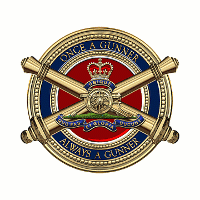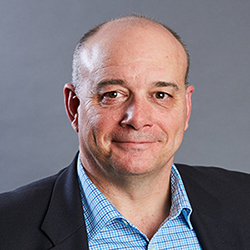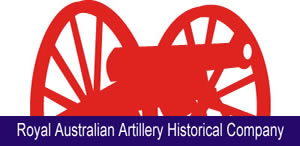Jim Bennett-Burleigh was born in the United Kingdom and raised by his parents who resided close to the seaside on the shores of the Scottish coastline.
At the outbreak of World War II, Jim chose to join the Navy and in 1940 on his maiden trip to sea, his ship bound for Canada was torpedoes and sunk off Northern Ireland. After being rescued, Jim spent the next three months stationed at Portsmouth, which was a British Naval port and had to endure the Blitz, which Germany rained down on England.
After being drafted back to sea duty, he served mainly on armed merchant ships and troopships. While cruising off New Zealand, his ship almost collided with a mine believed to have been laid by the German Raider “Cormorant”. Luckily, he did not have another swim. Jim had done time on mine layers and was aware of the tragedies they caused. He spent a lot of time on board troopships ferrying Australian troops to and from the Middle East and the same in the South Pacific. He also served on convoys off Italy, North Africa, Mediterranean and the Caribbean. During his visits to Australia he fell in love with our way of life and carefree attitude and hoped he may settle in Aussie when the world was back on an even keel.
Jim was discharged from his naval service in 1949 in Scotland, but he still had that inner feeling to be a soldier. Jim joined the British Army and became a Gunner with the 254 West Highland Anti-Aircraft Regiment, Royal Artillery. In 1951, he took his discharge from the British Army in Glasgow. He joined the Australian Army, again as a Gunner and was drafted to Georges Heights in Sydney to join the then 9 Heavy Anti-Aircraft Battery. He was placed on a Junior NCOs course and on completion was sent to Woomera as NCO in charge of the Ballistics Range. After a period of time, he was promoted to Sergeant in Command of the optical section, working with the RAAF developing the Gyro controlled smart bomb. From here, he became the first qualified Sergeant in Charge of the Missile Range in the Australian Army. He was involved in the first tomic test at Emu Plain and then followed Black Night, Blue Jay, Red Duster, Malkara, Sea Cat and many other tests.
Jim spent five years in Woomera before being transferred to Woodside and here he met his lovely wife Patricia Faith. She served as a Sergeant in Signals with the RAAF. They married in 1953 and during their time in South Australia, they added a son and daughter to their family, Duncan and Fiona.
A draft to 1 Field Regiment at Holsworthy was his next posting and from here, he became involved in exercises Australian wide. He became a gun sergeant in 102 Light Battery followed by TSM in “A” Field Battery and then BSM of 104 Battery in 23 Field Regiment. Jim deployed to South Vietnam with 12 Field Regiment on 28 May 1968 and was medevac’d home on 11 May 1969 with a spinal injury. After he made a full recovery, he became BSM of 103 Medium Battery. He was later selected to attend a Administration and Technical Officer Training at Canungra. On completion, Jim was promoted to Camp Commandant at Puckapunyal Military Camp as Lieutenant. His final postings were to 123 Training Battery at Holsworthy, then to Captain and then Major as Range Office Holsworthy Range.
Jim was finally discharged from military service on 9 June 1981 after serving a total of 30 years in the Australian Army. His total service in both England and Australia was 41 years. It is noted that after all these years he was discharged medically unfit for further service from a career of all happening that may be encountered in war and peace. He served with pride and dignity.
While serving in South Australia, Jim became a member of the RSL and served on many committees in various Sub Branches in both South Australia and New South Wales. |






